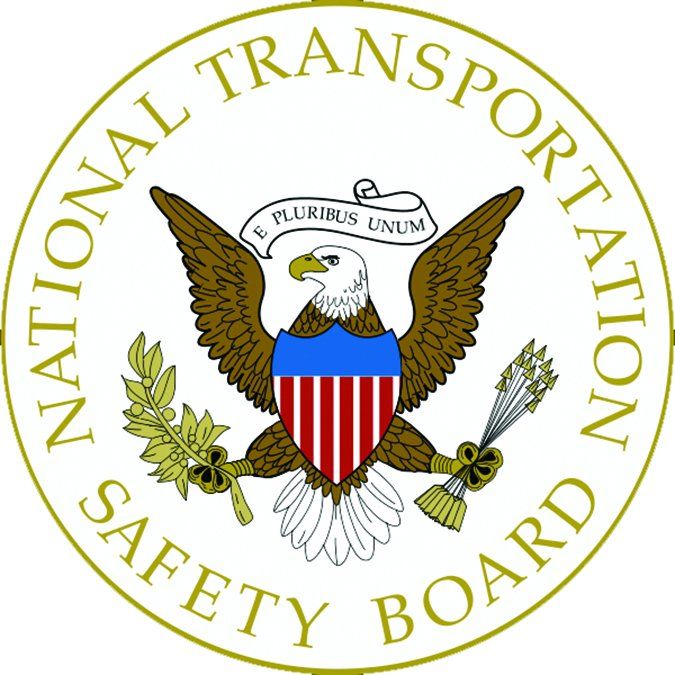Even though the fatality rate in 2015 was the lowest it has been in many years, 376 people still lost their lives,’ said NTSB Chairman Christopher A. Hart, ‘which is why improving general aviation safety is on the NTSB’s Most Wanted List of transportation safety improvements. While lower, these numbers are still too high’ said Hart.” That’s a quote from a September 22, 2016, NTSB press release headlined, “NTSB 2015 Aviation Statistics Show General Aviation Accidents Continue to Decline.”

The next day, 21 organizations representing segments of the general aviation wrote the NTSB chairman, requesting that his agency “help set the record straight” on GA safety. Despite the calendar coincidence, the letter was occasioned by an earlier “NBC Nightly News piece that used a mid-air accident, along with NTSB supplied data that portrayed general aviation safety in a biased and inaccurate light,” the organizations wrote.
The letter noted 2008-2014 data compiled by the U.S. Department of Transportation concludes there were “277,310 automobile accident fatalities; 38,343 fatalities on motorcycles; 5561 on bicycles; 5831 fatalities in recreational boating accidents; and 3628 in general aviation accidents.” The groups told Hart, “We believe the NTSB has an inherent responsibility to help provide media outlets with a comprehensive view of safety trends and outline the improvements in general aviation safety over the years.”
Every metric employed by government and industry to measure general aviation safety show ongoing safety improvements over time, including the NTSB’s own data for 2015, which were highlighted in that September 22 press release. That release noted, “Part 91 general-aviation accidents and fatalities continued their downward trend in 2015.” So what’s the problem?
For one, the NTSB seems safety-wired in the position of saying there’s no possibility GA can be “safe.” Chairman Hart apparently believes historic improvements in GA safety aren’t sufficient, and that the numbers are “still too high.” Has the NTSB also said the boating accident and bicycling numbers are “still too high?” Compared to what?
Second, while I’m not nave enough to think the NTSB should advocate to the general media that GA is “safe”—whatever that means—the Board absolutely should not allow misconceptions about the safety of any transportation mode to go unchallenged.
Finally, the NTSB could give the industry a little credit for the remarkable safety improvements it has achieved. Yes; GA has more to do to improve safety, and no one’s declaring victory and taking their toys home. But what we’re doing seems to be working. Maybe use the carrot and not the stick?
“We respectfully request the Board to publicly convey that general aviation is one of the safest modes of transportation in the United States,” the groups wrote as part of their letter. Yes, please.




